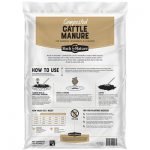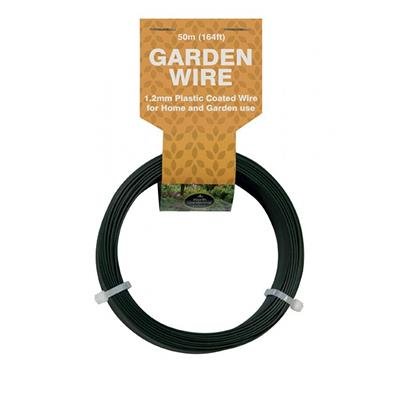Leeched to reduce salt content, while maintaining high nutrient levels. Unlike many other manures on the market that are simply aged, composted manures have been processed using the same windrow turning system that is a benchmark of quality in the compost industry. Helps rejuvenate soils, improves soil aeration and the breakdown of plant residue, increases water retention in sandy soils, and increases water distribution in clay soils and helps reduce compaction.
Flower Beds & Vegetable Gardens
Spread a 1″ to 2″ layer of Composted Cattle Manure evenly over the area to be planted and till in to the soil. Water thoroughly. If your beds are already planted, spread 1/2″ Composted Cattle Manure evenly over the soil around your plants. Water thouroughly, then resume regular watering schedule.
Trees & Shrubs
Dig planting hole at least twice the size of the root ball to be planted. Place the plant in the hole so that the top of the root ball is at least 2″ to 3″ above surrounding grade level. Mix 5 parts soil to 1 part Composted Cattle Manure and backfill to a level even with the surrounding grade level. Be certain that the root flare at the base of the trunk is exposed when planting. Apply a 1″ layer of Composted Cattle Manure on top of the soil from the trunk to the drip line of the plant and water thoroughly.
Lawns
Existing: Spread Composted Cattle Manure lightly over existing lawns, raking lightly to spread. Water thoroughly.
New: Spread 1/2″ to 1″ Composted Cattle Manure over the entire area to be planted. Till into existing soil, mixing thoroughly. Lay sod or sow seeds according to directions. Water thoroughly, then resume regular watering schedule.
Tips for Planting Success
- Be sure to water newly planted plants regularly during establishment period, especially during periods of drought
- Mulch around new plants to suppress weeds, preserve moisture and protect from mechanical damage (mowers, trimmers, etc.). But not too deep – 2-4″ at most.
- Don’t overdo the tilling in vegetable and flower gardens. Lumpy soil has more air pores, holds moisture better and won’t blow or wash away as easily as powdery soil.
- Composting your lawn every spring and fall imporves soil health. If core aerating, do so before adding compost
How Much Do I Need?
| Number of 1 Cubic Foot Bags | ||||
|---|---|---|---|---|
| Area | 1/4″ Depth | 1/2″ Depth | 1″ Depth | 2″ Depth |
| 12 Sq. Ft. | 1 Bag | 1 Bag | 1 Bag | 2 Bags |
| 24 Sq. Ft. | 1 Bag | 1 Bag | 2 Bags | 4 Bags |
| 48 Sq. Ft. | 1 Bag | 2 Bags | 4 Bags | 8 Bags |
| 96 Sq. Ft. | 2 Bags | 4 Bags | 8 Bags | 16 Bags |
Coverage amount may vary depending on dips, slopes, hills, and uneven areas of your yard.


Free Shipping Ground Parcel Service
This item ships free via Motor Freight Carrier - almost anywhere in the Continental United States!
On rare occasions addresses with limited access such as islands or major metropolitan areas (ie: New York City) may incur additional delivery fees; if so, you will be contacted to confirm the extra shipping cost before your order is processed. Shipments to Alaska or Hawaii qualify for free shipping to any West Coast port. Please contact us for special shipping rates from the West Coast to Alaska or Hawaii.
Motor Freight Agreement
Full Size Semi: Your location must be able to accommodate a full size semi-truck trailer of up to 70ft. in length.
Someone Must Be Present: You or someone else authorized must be present to unload the shipment. Exact delivery date will be arranged via phone by freight company.


















Reviews
There are no reviews yet.